Uneven Trailer Tire Wear: Causes, Prevention, Solutions
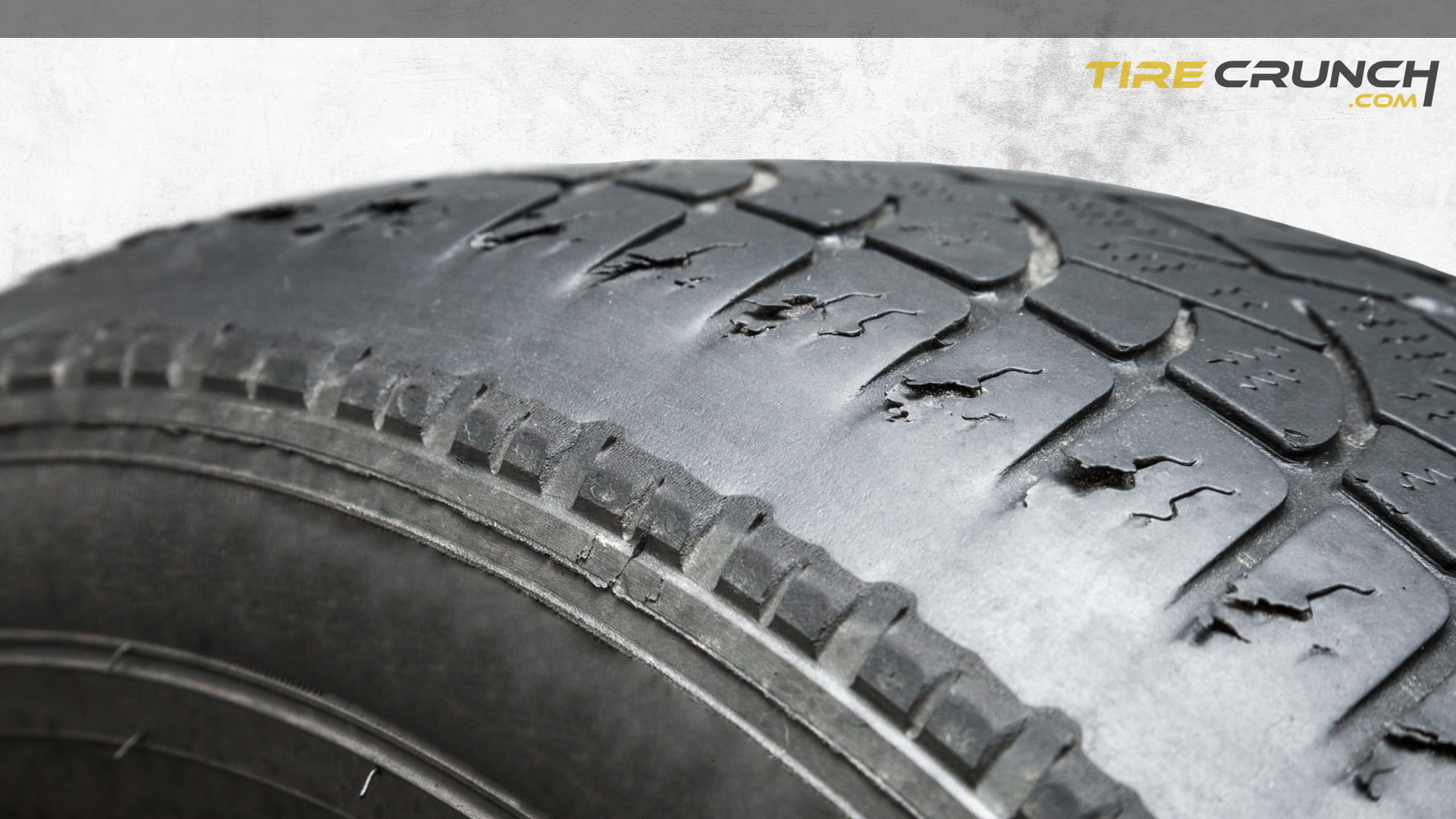
Uneven trailer tire wear is an issue that needs to be addressed in order to ensure the safety and longevity of your trailer. In general, uneven tire wear occurs when there is a discrepancy between the amount of pressure exerted on the tires from side to side or front to back.
This can happen for a variety of reasons, such as the overloading of trailers, underinflating or overinflating tires, misalignment of axles, suspension problems, or poor-quality tires. Knowing what signs to look for and how to prevent and treat uneven tire wear can help you keep your trailer in good condition and running smoothly for years to come.
Key Takeaways
Causes of Uneven Trailer Tire Wear
Overloading
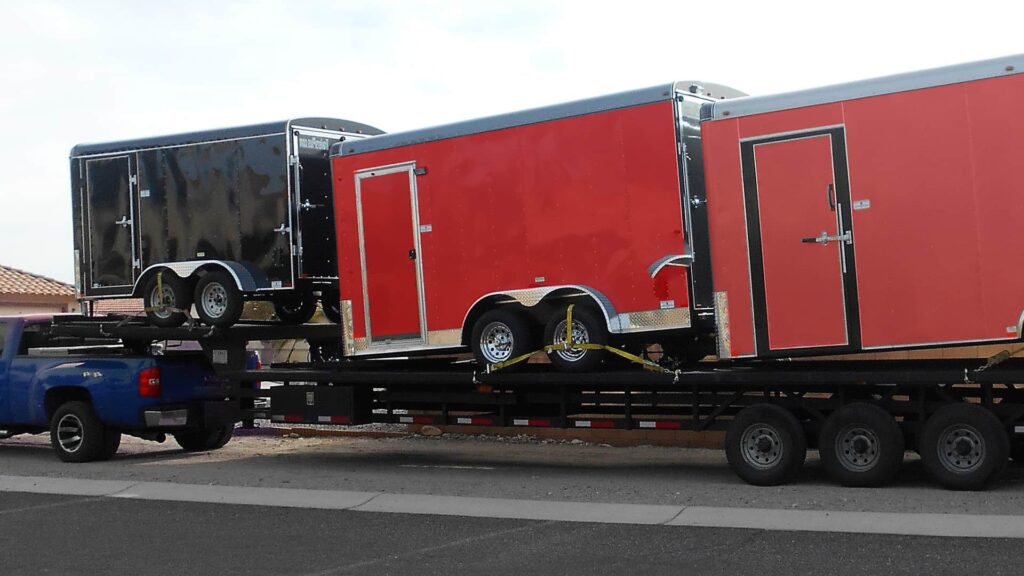
One of the most common causes of uneven trailer tire wear is overloading. When a trailer is overloaded with cargo, it puts extra stress on the tires which can cause them to wear down unevenly or become “lopsided”.
Underinflation/overinflation
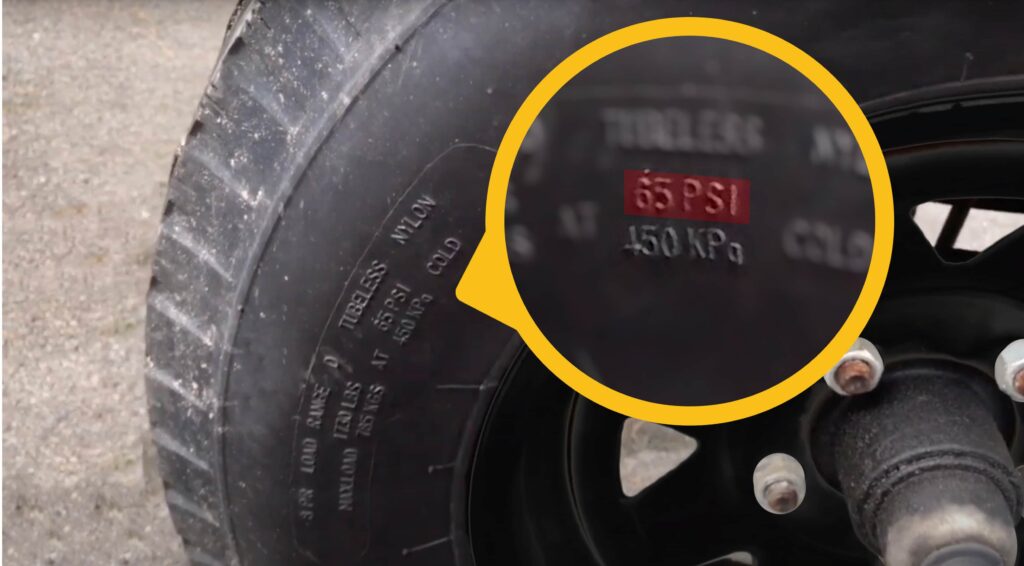
Another common cause of uneven trailer tire wear is underinflation or overinflation. When the tires are not properly inflated according to the manufacturer’s guidelines, this can affect their performance and cause them to wear unevenly.
Bent axle
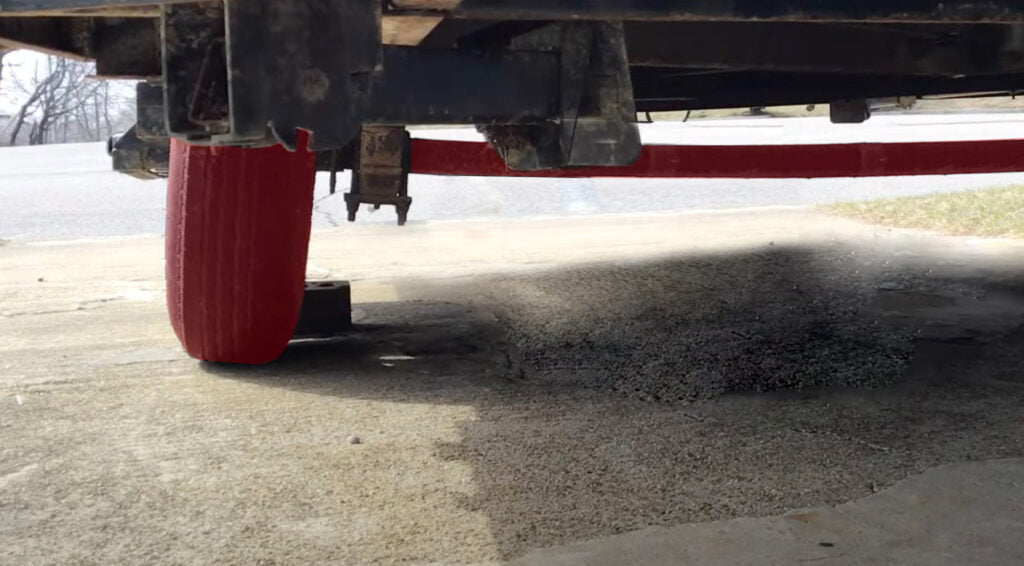
Uneven trailer tire wear can often be caused by a bent axle. When an axle is bent, it can cause the wheel to be off-center, making your tires wear unevenly. If your trailer’s axle is bent or twisted in some way, it can cause the suspension system to become misaligned, leading to further damage and decreased performance.
Suspension problems
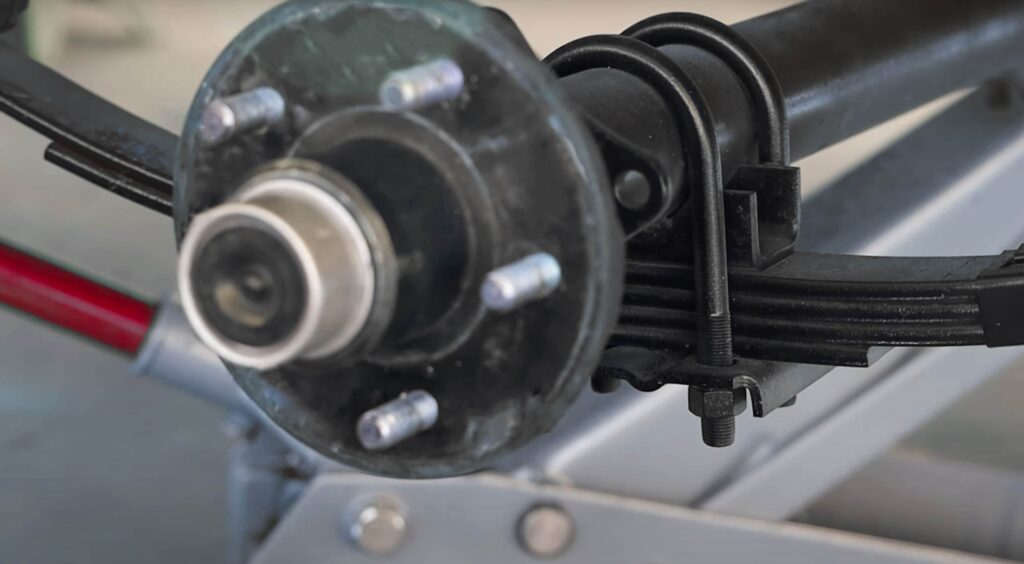
Uneven tire wear can often be a sign of suspension issues. If the suspension on your trailer isn’t working as it should, it can cause tires to not stay in contact with the road properly, leading to uneven wear and tear.
Tire type and quality
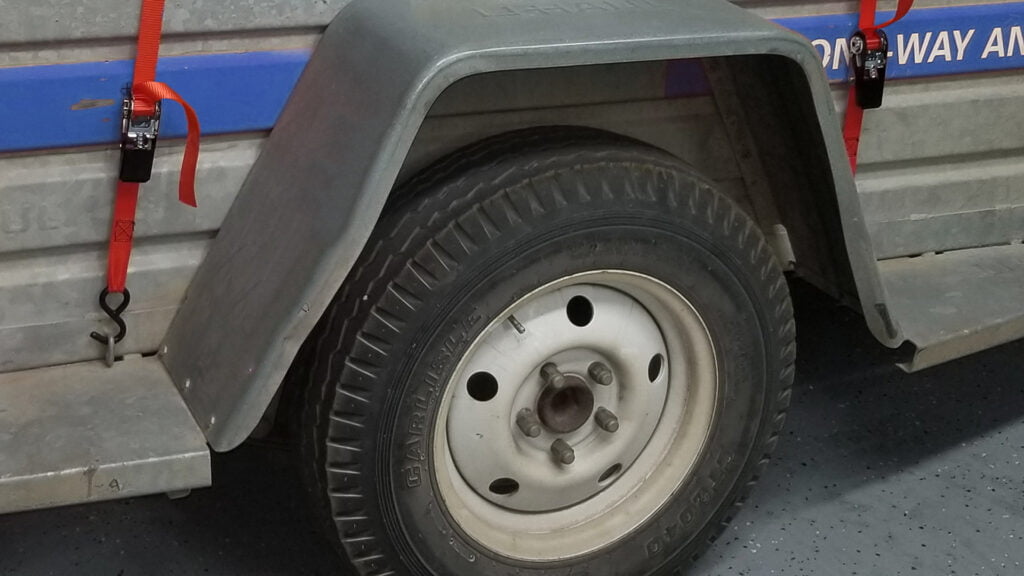
The type and quality of your trailer tires can also play a role in how quickly they wear down. Using the wrong type of tire for your trailer can result in them wearing unevenly, so it’s important to make sure that you equip your trailer with tires that are designed for the weight and load you’re pulling.
Signs of Uneven Trailer Tire Wear
Visible tire wear patterns
One of the most visible signs of uneven trailer tire wear is different patterns across the treads. Generally, tires with even wear should have a uniform set of grooves running across their surfaces.
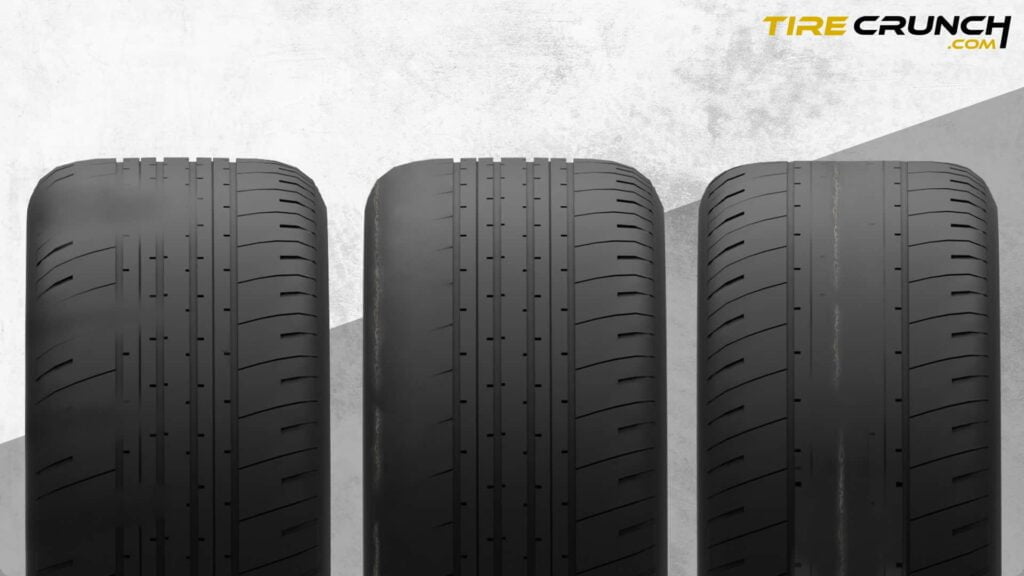
Handling issues
Another sign of uneven trailer tire wear is handling problems. If the treads on one side of your tires are wearing down quicker than the other, it can cause your trailer to drift to one side or make it difficult to control at higher speeds.
Vibration, shaking, and Bouncing
Vibration, shaking and bouncing are also common signs of uneven trailer tire wear. If one side of your tires is wearing faster than the other, it can lead to an imbalance in the treads and cause your trailer to create erratic movements when driving at higher speeds.
This can be particularly dangerous if going down the highway, so if you are noticing a strange “behaviour” coming from your trailer, you should have it checked out as soon as possible.
Prevention of Uneven Trailer Tire Wear
Regular tire maintenance is key to keeping your trailer tires in good condition. This includes regularly checking for any signs of wear, checking the air pressure of your tires, and having your suspension components serviced as needed. Additionally, it's important to have your wheels balanced and aligned at the shop at least once a year to help keep the wear on your tires even.
Proper tire inflation
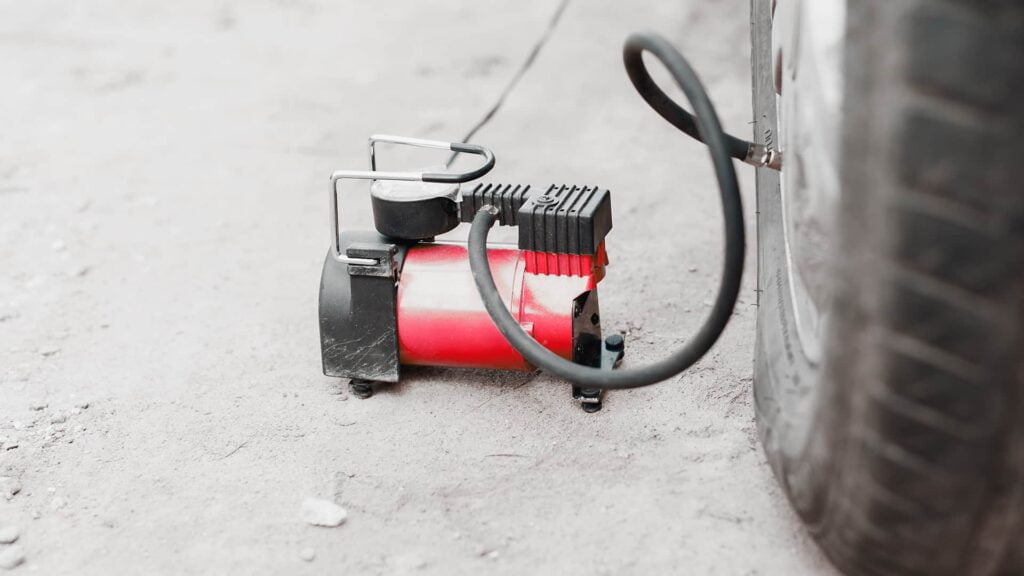
If your tires are under-inflated, they will be more prone to punctures, cuts, and other damage. If they are over-inflated, it can cause them to wear unevenly, leading to a shorter lifespan. I
In order to maintain the health of your trailer tires, it’s important to check the air pressure regularly with a gauge and ensure that it stays within the manufacturer’s recommended levels.
Regular wheel alignment
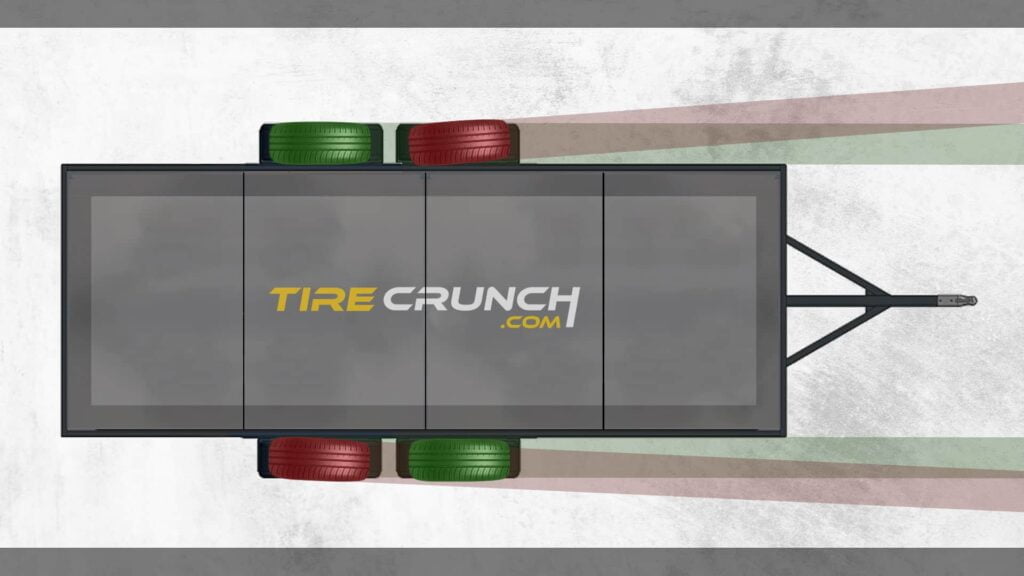
Poorly aligned wheels can lead to uneven wear on the tires, leading them to wear out more quickly. To ensure that your tires last as long as possible, it’s important to check the alignment of your wheels are at least once a year.
Proper weight distribution
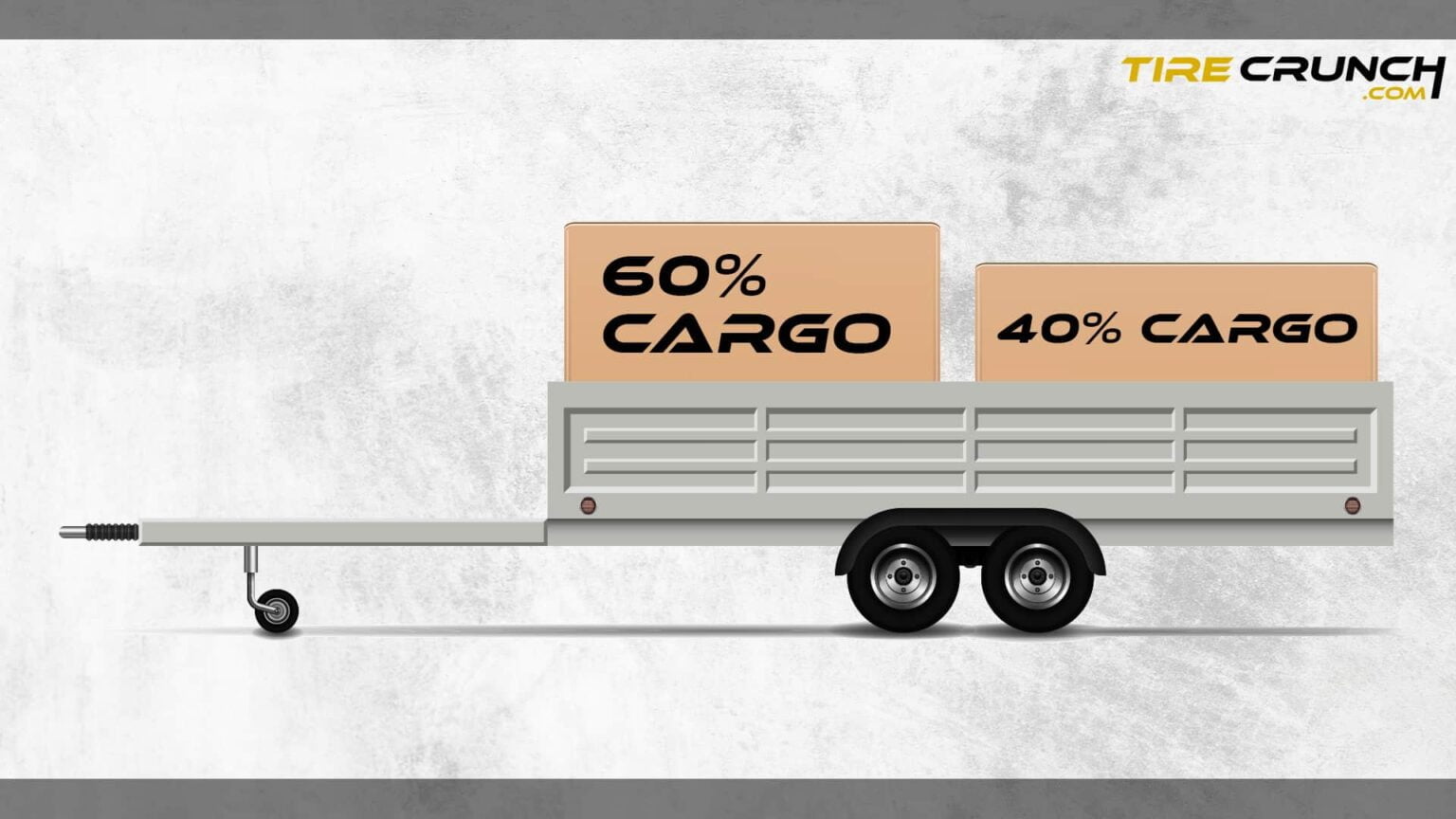
Unbalanced weight can put an uneven strain on your tires and cause them to wear out more quickly, as well as putting additional stress on the trailer’s suspension system.
When loading your trailer, make sure to spread the weight evenly across both axles and all four tires. Load heavier items at the bottom near the axle, and move lighter items toward the back of the trailer for optimal balance.
Use of high-quality tires
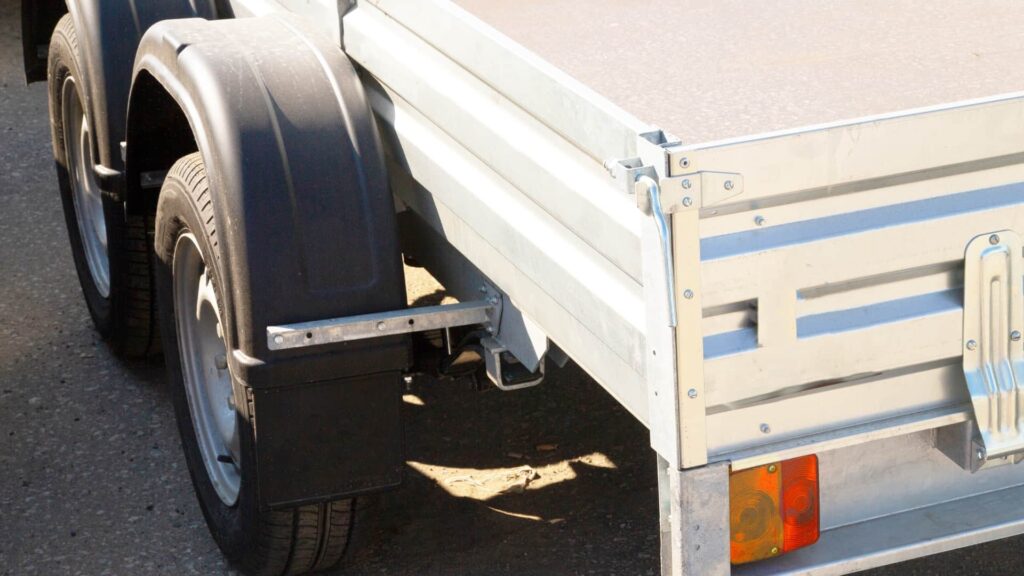
Look for tires that are designed to handle heavy loads and have a high load index rating. Also, be sure to check the tire tread depth regularly and replace them at the first sign of wear. A good set of tires can make all the difference when it comes to keeping your trailer safe and roadworthy.
Related Reading: Irregular Tire Wear 101 | Michelin.com
Treatment of Uneven Trailer Tire Wear
If you notice that one or more of your trailer tires are wearing unevenly, it is important to take measures to correct the issue
1. Axle realignment
Axle realignment is an important step in correcting uneven trailer tire wear. A mechanic can check the alignment and make any necessary adjustments to get your trailer axles back into proper balance. This will help to improve the performance of your trailer and prevent further issues with uneven tire wear.
2. Suspension Repair
If the wear is caused by faulty suspension, then it may be necessary to have worn components of the suspension system replaced or repaired.
3. Tire replacement
Replacing your trailer’s tires can be an expensive process, but it may be necessary at some point if the tires have become too worn to continue using. It is important to replace your trailer’s tires in a timely manner so that you ensure your own safety and the safety of those operating or hitchhiking on your trailer.
When selecting new tires for your trailer, be sure to find ones with the right load capacity and speed rating.
4. Tire rotation
By regularly rotating your trailer’s tires, you can ensure that they wear evenly and last longer. It is recommended that you get a tire rotation every 5,000 to 8,000 miles, or at least once a year, in order to maximize the lifespan of your trailer’s tires.
Conclusion
To ensure that your trailer’s tires are in good condition, it is important to practice regular maintenance such as tire rotations and replacement when necessary.
By doing so, you can help extend the life of your trailer’s tires, improve safety, and reduce costs associated with tire repair or replacement.
